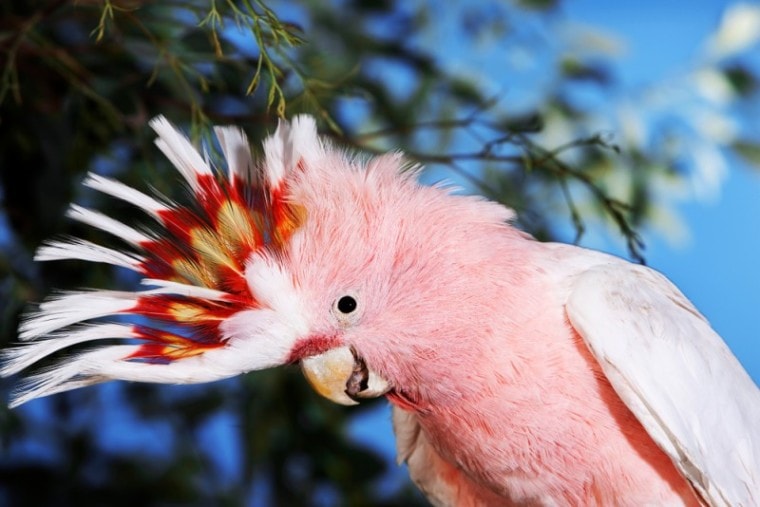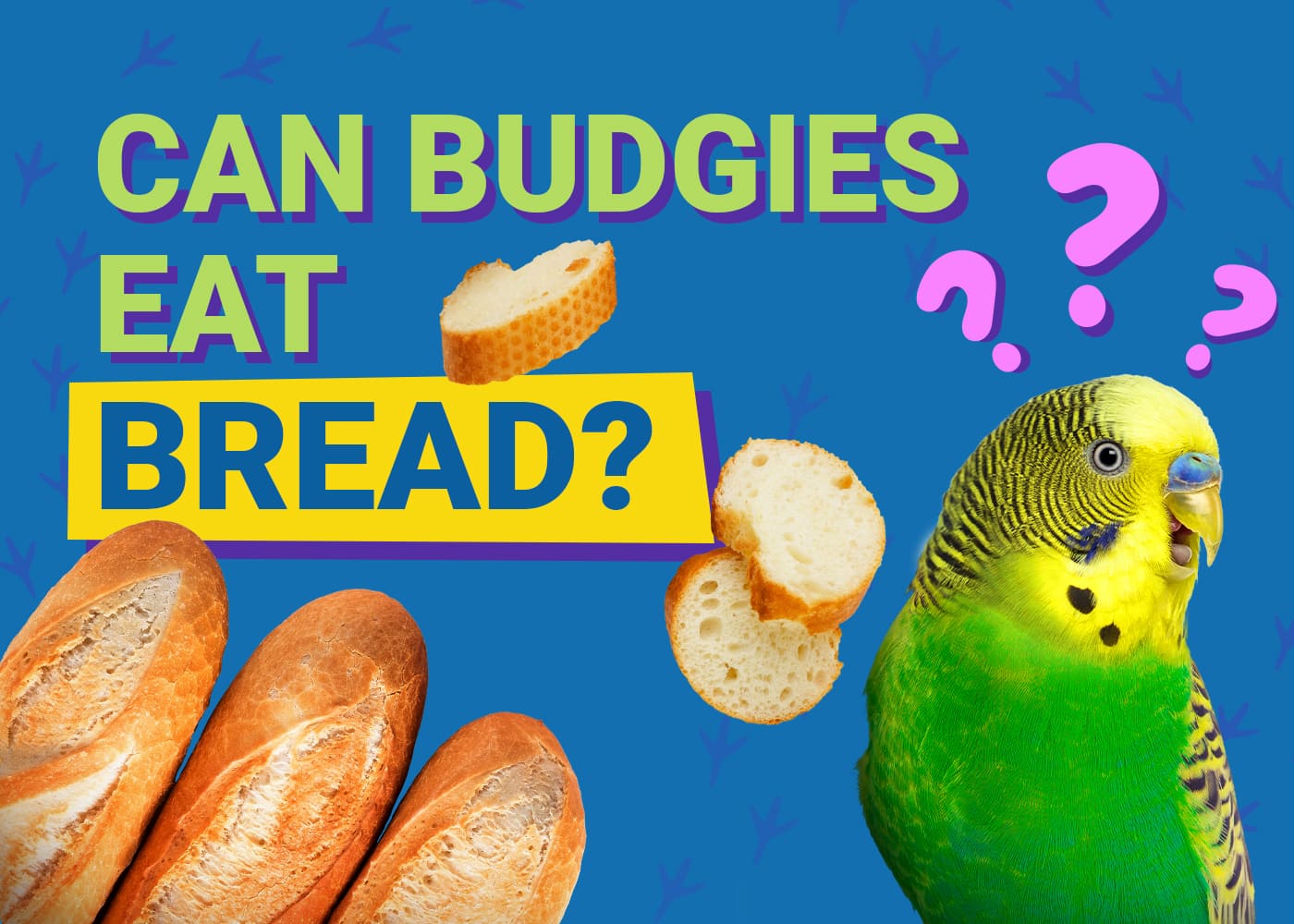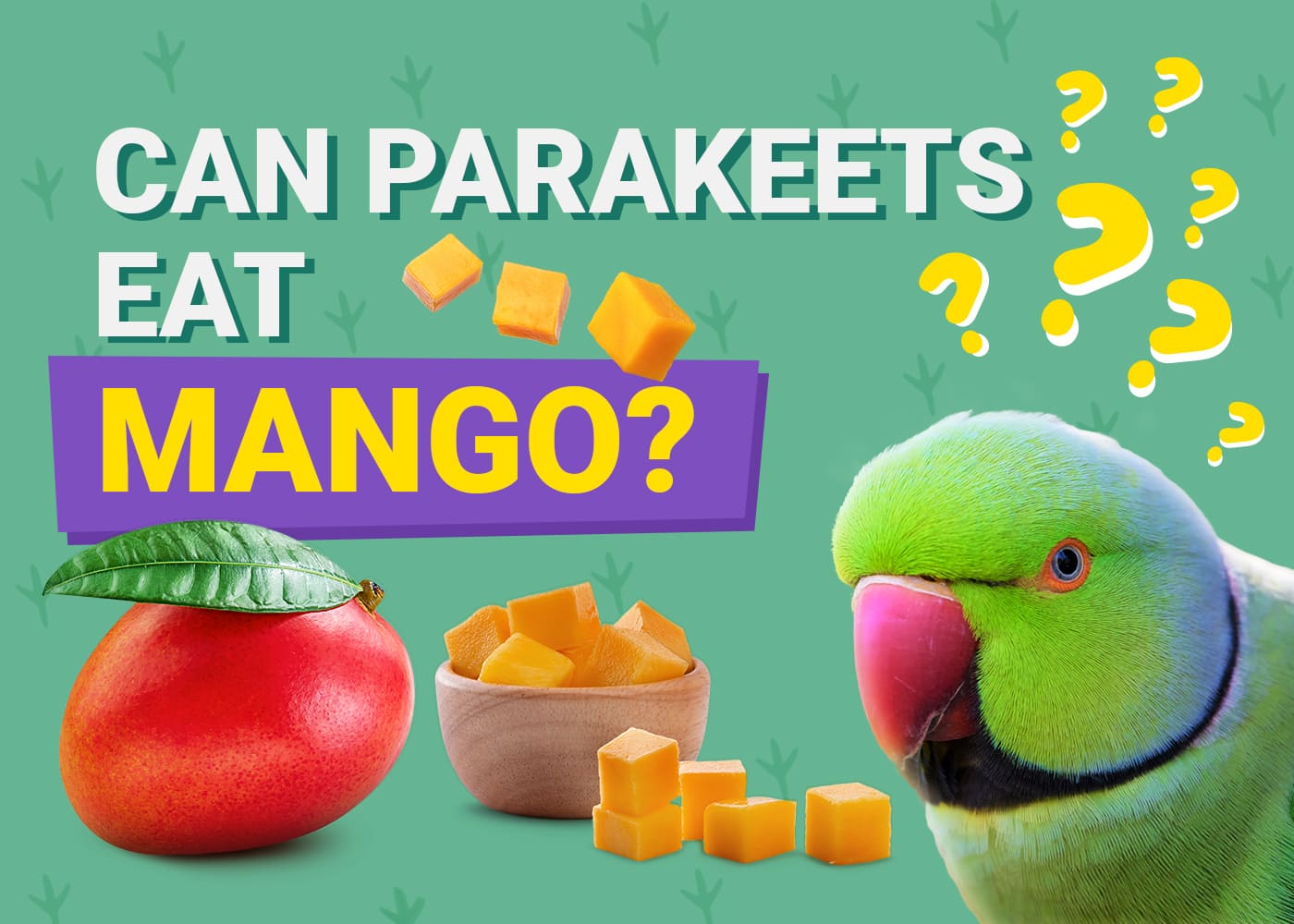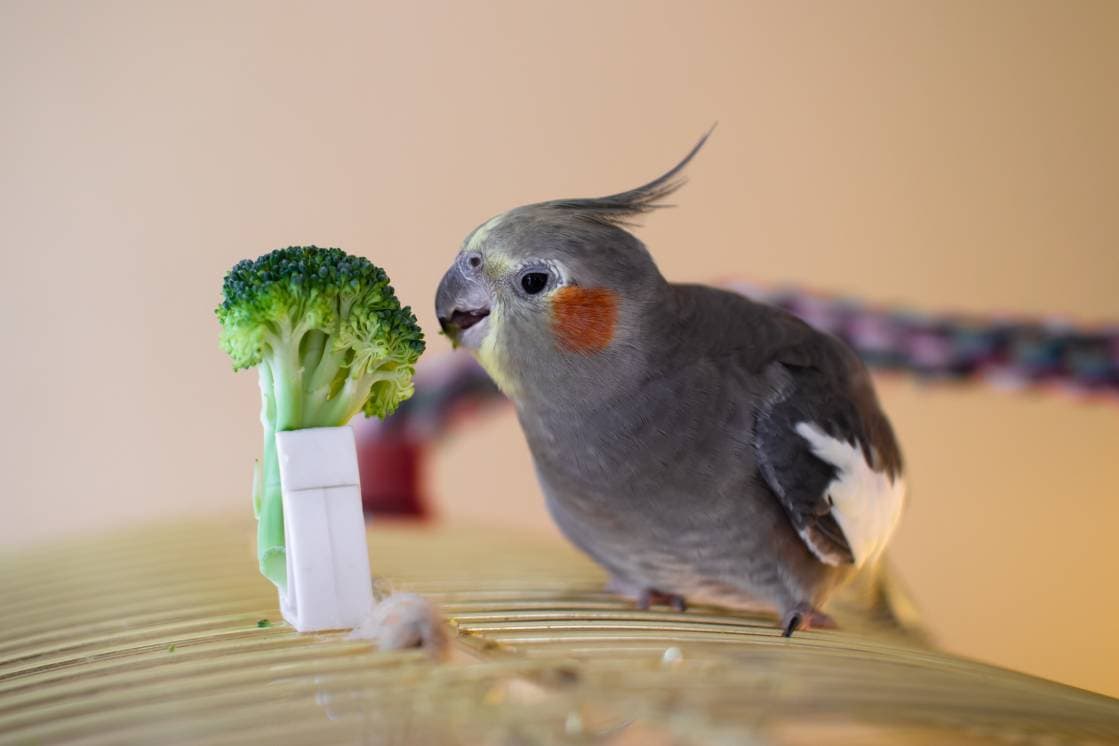
If you’ve been considering purchasing a cockatoo as a pet, then the Major Mitchell’s cockatoo might be an excellent choice for you. This cockatoo is a smart, social bird that bonds with its owners and has been said to be a one-person bird. So if you want a pet that is gorgeous, loyal, smart, and friendly, then this is the one for you.
Not only are they social birds, but they are also beautiful as well, with their salmon-pink color. This breed is a medium-sized bird. However, they do need a lot of attention, so it’s best if they’re kept by someone experienced at handling and caring for them.
Species Overview

| Common Names: | Major Mitchell’s Cockatoo, Pink Cockatoo, Leadbeater’s Cockatoo, Wee Juggler, Desert Cockatoo, Cocklerina, Chockalott |
| Scientific Name: | Lophochroa leadbeateri |
| Adult Size: | 13 to 15 inches in length |
| Life Expectancy: | Lives up to 80 years in captivity, lives between 40 to 60 years in the wild |
Origin and History
This bird comes from inland Australia, where they tend to nest in pairs. They gather in treeless areas, in woodlands, but can always be found near the water. The pairs tend to keep to themselves, except for a few exceptions, such as the galah cockatoos.
Sadly, the population of this species is dying out due to humans encroaching and building developments in their habitat. Named for Major Sir Thomas Mitchell, this species can live up to 60 years in the wild but can live up to 80 years if raised in captivity.
Temperament
It’s important to note that this species of bird requires a lot of care and attention. Since they bond to their owners for life, you need to make sure you’re capable of taking care of this temperamental bird before getting one.
While they can be temperamental, this species is also known to be loving, funny, energetic, and cuddly. However, since they do bond for life, they tend to get upset if their bonded human leaves them. So, for example, if you go away on a short trip and come back, your cockatoo may be mad and not have anything to do with you for a few days.
Speech & Vocalizations
Be warned that this bird species is an incessant talker, and they have been known to get quite loud. This bird can be taught to copy alarms and whistles and is capable of learning a few basic words, but they’re more inclined towards natural calls and are still quieter than some other cockatoos out there.
With his chirps and high-pitched calls, this probably isn’t the best bird to keep as a pet if you live in an apartment building or anywhere where the neighbors are close to you and might be bothered and complain.

Major Mitchell’s Cockatoo Colors and Markings
As previously stated, Major Mitchell’s cockatoo is a gorgeous salmon-pink bird. He features a multi-colored crest, and when his wings are spread, they have vivid pink and orange feathers that are white at the tips.
The females of the species usually have pinkish-red eyes, while the male’s eyes are brown. The males are usually brighter than their female counterparts also.
Caring for the Major Mitchell’s Cockatoo
If you’re tempted to head out to a breeder to purchase your own Major Mitchell’s cockatoo, you can certainly do so and might be extremely happy with your choice. However, it’s important to note that this bird needs special care and an environment that many bird owners just can’t provide.
For example, this bird’s cage needs to be at least 5 feet high so that he can walk around freely. The cage also needs to be at least 4 feet long so that the Cockatoo has plenty of room to move around the way he needs to. Unfortunately, many bird owners just don’t have the room for that huge of a cage.
The cage you choose needs to be strongly constructed, as Major Mitchell’s cockatoos are pretty strong chewers and might chew through bars that aren’t sturdy. This species can also open locks on doors, so make sure the lock you have is sturdy and cockatoo-proof if you don’t want to come home and find your cockatoo sitting in the middle of your kitchen table.
It’s also important to bathe your cockatoo regularly to keep his plumage clean and his skin healthy. You can mist the bird and then let him dry in a room that is warm or even in the sun if you prefer. It’s also important not to clip his wing feathers too much.

Common Health Problems
This bird is pretty long-lived and healthy. However, it is a sensitive bird emotionally. If he feels he’s being neglected by his bonded person, he can easily become depressed. This depression can quickly turn into self-mutilation by the bird and lead to skin infections, so be careful and don’t neglect your cockatoo.
There are a few avian diseases that you need to watch for with your cockatoo. These diseases include psittacine beak, bacterial infections, metal toxicity, feather disease, and fungal infections. If your cockatoo shows signs of these diseases, make an appointment with your vet for treatment.
Diet and Nutrition
The wild Major Mitchell’s cockatoo mainly exists off of the seeds from pine trees, melons, and weeds. They also eat insect larvae and cereal grains. However, this bird in captivity has been known to be a picky eater, especially when they’re young.
Cockatoos are apt to become obese, and the Major Mitchell is no different. So it’s essential to keep an eye on your bird’s fat intake from the beginning. It’s best to feed them high-quality pellets, fresh, clean fruits and veggies that are bird-approved, and some nuts such as walnuts and pecans.
Feed your cockatoo ¼ cup of food and ¼ cup of fresh fruits or veggies once a day for the best results. Save the nuts for treats that are doled out for being a good bird.

Exercise
Just like other parrots, the cockatoo needs to be kept active to be healthy. Therefore, it’s best to let your bird out of his cage for 3-4 hours every day. Letting your bird out of his cage gives him ample time to stretch his wings.
Chew toys are essential so that your bird can use his beak, but make sure they are safe toys. Also, make sure to keep a water bowl and a mister handy, as this breed likes water play as well.
Where to Adopt or Buy a Major Mitchell’s Cockatoo
Now that you know all there is to know about owning a Major Mitchell’s cockatoo, you may still want to own one of these gorgeous birds and are wondering where to get one. You want to make sure that you purchase your cockatoo from a highly regarded breeder, and it’ll run you anywhere from $4,000 to $10,000. This price is according to the bird’s temperament, age, and if the bird is raised by hand.
Final Thoughts
This concludes the guide on Major Mitchell’s cockatoo and everything you should know before you decide to bring one into your home. Remember, this breed bonds to one human, so if you purchase one, you need to be prepared to bond with it and take care of it for life.
Featured Image Credit: slowmotiongli, Shutterstock










